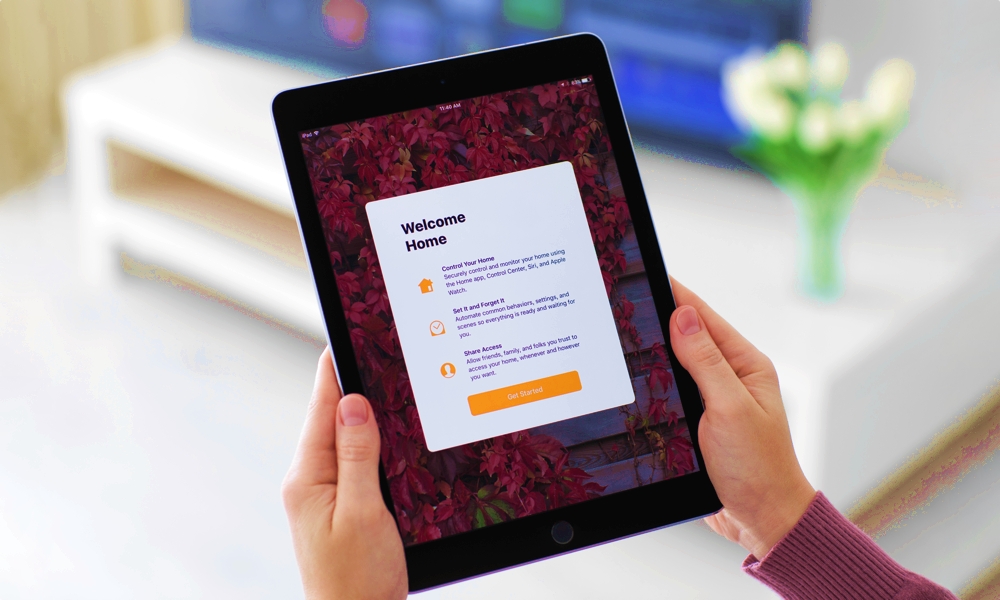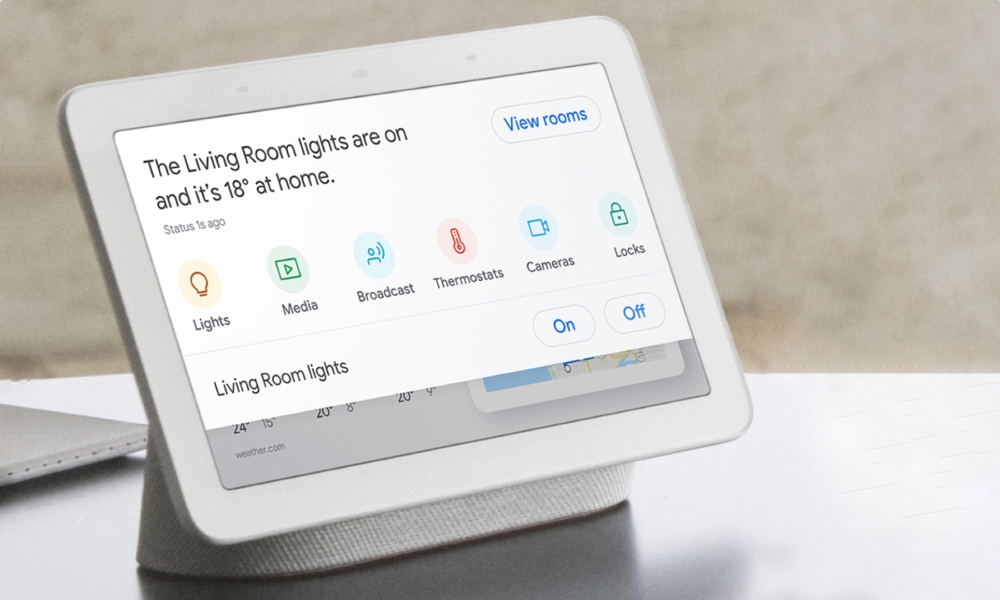Is It Time for Apple to Make a Real Smart Home Hub?
 Credit: Denys Prykhodov / Shutterstock
Credit: Denys Prykhodov / ShutterstockToggle Dark Mode
When Apple debuted HomeKit five years ago, the company was ahead of the curve in introducing a secure, unified ecosystem for home automation. Although individual smart home accessory makers had long had solutions for their own products, with HomeKit Apple promised to deliver a secure way to tie all of these devices together into a single, unifying system that would also offer voice control as an added bonus.
Unfortunately, due to Apple’s stringent security requirements — until recently, every HomeKit device had to incorporate an Apple encryption and authentication chip — it took a while for HomeKit to get off the ground, and not every accessory maker eagerly embraced the system right out of the gate. In fact, despite HomeKit being announced in 2014 and released as part of iOS 8, it wasn’t until after iOS 9 shipped in late 2015 that the first viable HomeKit accessories actually became available to consumers.
In fact, looking back it’s hard to believe that Apple’s debut of HomeKit actually pre-dates Amazon Alexa, which was introduced in November of 2014 but didn’t add support for home automation until the spring of 2015. Undoubtedly due to its platform-agnostic nature and the ability to add support to home automation devices with a few lines of software code, Alexa quickly leapfrogged Siri and HomeKit in becoming a much more significant player in automating users’ homes.
Alexa’s rise to dominance was also likely bolstered by the fact that Amazon sold an actual, tangible hardware product in the form of the Amazon Echo, a then-$180 speaker that could be placed in a central location to pick up voice commands from anybody in the house. By contrast, Apple’s HomeKit users at the time had to rely on an iPhone, iPad, Apple Watch, or Apple TV to issue HomeKit commands, most of which still required some level of manual interaction, even if that was simply taking your iPhone out of your pocket.
Ironically, however, Apple remained ahead of the game in terms of the underlying technology. It would be another 2-3 years before Amazon even began to catch up with Apple’s scenes, routines, and other automation features, but it also seemed that many users didn’t really care about those features — most were content to just use their voice to turn on their lights or adjust their thermostats, and simply didn’t feel the need for more. It also didn’t help Apple’s case that Amazon Alexa support was being added to even the cheapest lights and switches from random Chinese makers, while HomeKit accessories were often from more established manufacturers, with the premium price tags to match.
With HomeKit, it seems as if Apple squandered its lead, ceding ground to Amazon and later Google, in much the same way it did with Siri, which had an even longer head start. Even by 2017, when Apple finally announced its own entry into the smart speaker market, rather than produce something that could reasonably compete with Amazon and Google’s smart speakers — which by this time were offering $50 entry-level models — what it came up with instead was a behemoth $350 speaker that was more Sonos than Echo.
Over the years, it has seemed clear that Apple’s vision of how HomeKit should work was generally centered on expecting users to work through their own personal iOS devices rather than common household devices. While the HomePod and Apple TV support Siri and HomeKit, those feel more like concessions than actual solutions, and the Apple TV was particularly slow to catch up, omitting support for HomeKit commands entirely in the early versions of tvOS.
Meanwhile, Amazon and Google have both taken their next big jump ahead with Amazon’s Echo Show and Google’s Home Hub — both inexpensive, standalone displays that can serve as convenient access points for controlling home accessories, while also offering additional features that one would expect from displays like these, ranging from showing weather forecasts to doubling as photo frames and even handling video calls. This week, Google took the wraps off its newest Google Nest Hub Max, adding a camera and even facial recognition.
It’s almost sad to consider that Apple has offered this kind of capability since the inception of HomeKit in 2014, while lacking specific hardware to support it. While Apple didn’t release its own Home app until 2016, third-party HomeKit apps have been available since the first accessories debuted, which would have allowed anybody serious enough about home automation to set up their own smart display — the only catch being that you’d have to be willing to use a $329+ iPad to do it, and of course handle any mounting solutions yourself.
By comparison, Amazon’s Echo Show debuted at $180, and Google’s Home Hub at $150. Even Google’s brand new Nest Hub Max is selling for $230. Of course, these devices are nowhere near as sophisticated or powerful as an iPad, but they’re also specifically designed for the purpose of sitting on a kitchen counter or living room table to provide home control features — something that would be a waste of an iPad’s capabilities.
While Apple has been quiet on the home automation front lately, it does appear that the company is still working on something behind the scenes. News surfaced earlier this year that Apple had hired Sam Jadallah, the former CEO of smart lock startup Otto, to lead its own smart home initiatives, alongside several other job openings in the company’s smart home division. Although we’ve heard nothing about what Jadallah may specifically be working on, his hardware background suggests that Apple could in fact be preparing to release its own first-party HomeKit accessories. Rumours have abounded for over a year now about a less expensive HomePod that would focus more on the voice assistant, and we’ve heard numerous reports that Apple is also working to improve Siri and add more extensibility.
Under the hood, Apple’s HomeKit framework is still leaps and bounds ahead of what either of its major competitors have been able to accomplish so far, offering the ability to set up sophisticated automation rules that can be triggered by everything from individual accessories to the locations of specific family members. However, if HomeKit is going to succeed, Apple ultimately needs to change its thinking about how users interface with their home, moving away from the idea that personal iOS devices should be the primary interface points and embracing the kind of inexpensive smart hubs that become part of the home, rather than the person.







